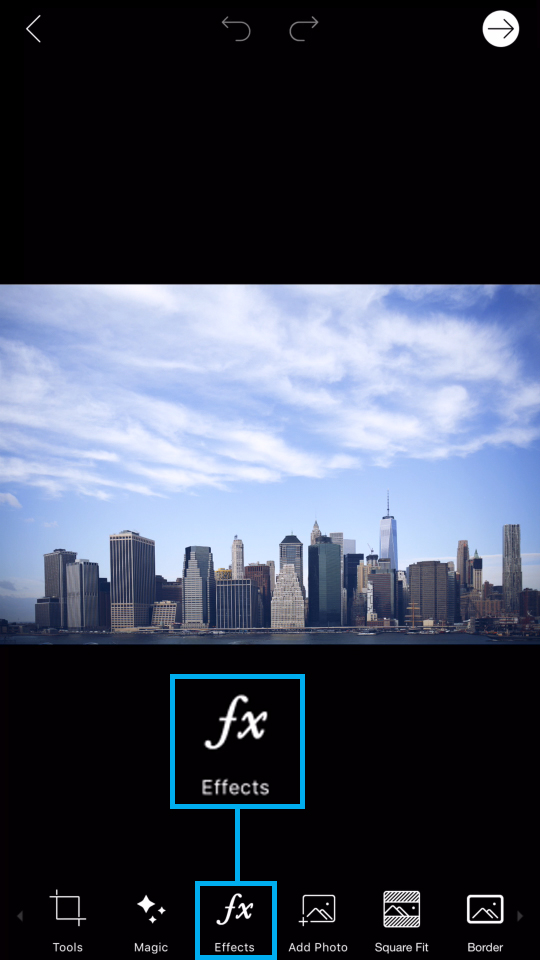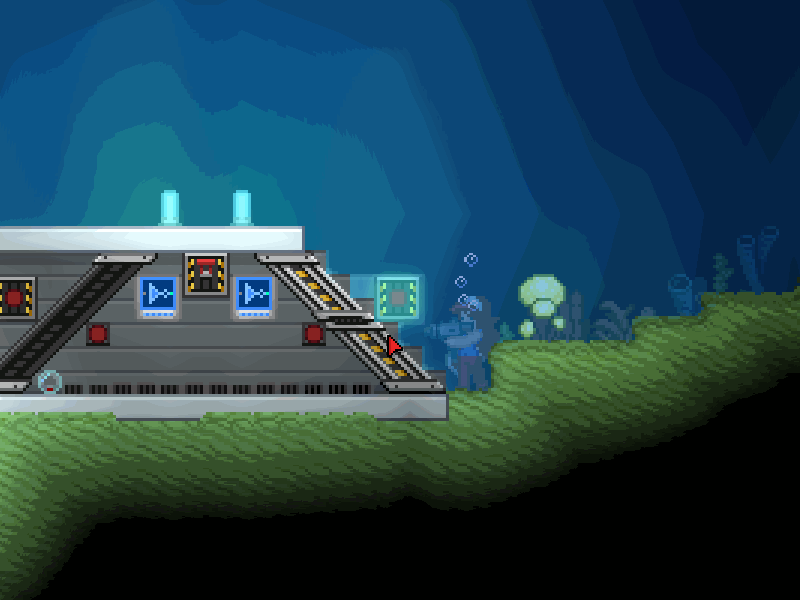

You don’t need Photoshop to create a tiny planet. Image by Jenn Mishra Create Tiny Planets With Your Smartphone Final little planet photo of the Chicago skyline. In this image, I added stars to the night sky. I like to blur the tell-tale lines created in the corners. Many photographers like to do something with their backgrounds. I use the Healing brush, Content-aware fill, and the Blur tools to help blend the edges. You may need to clean-up the seam where the edges meet. That’s it! You’ve created a little planet image. This will open the Polar Coordinate dialogue box. The final step is to apply the Polar Coordinates filter. Image by Jenn Mishra Step 6: Apply the Polar Coordinates Filter Hole created by leaving the image in its original orientation. If you don’t do this step, you’ll create a hole. Image rotation will create a planet image. Turn your image upside-down by going to Image>Image Rotation>Flip Canvas Vertical. Image by Jenn Mishra Step 5: Flip the Image Vertically Oval shape created by not changing the aspect ratio to a square. If you forget to make your image a square, you’ll get an oblong shape.


I usually enter the smaller measurement into both boxes, but it doesn’t make much difference. Enter an equal number in height and width.Click constrain proportions icon to unlink height and width image size dimensions.It might seem odd, but to create a globe, you must first compress the image into a square. Shows gradient filter applied on the layer mask. Shows copied left part of the image copied onto a new layer and procedure to flip the layer horizontally. Merge layers Layers>Merge Layers (Ctrl or ⌘E).Fade in effect from the centre to the right edge of the frame.Select Gradient tool and set on basic black and white.Move the layer to the right edge of the frame.Flip the layer horizontally Edit >Transform>Flip Horizontal.How much depends on your image, but I try for at least ¼. Select the left-hand section of your image.I’m going to match the horizon line by removing a couple of buildings (sorry, Chicago!) I’m also going to match the colour gradation in the sky. Matching the left and right edges of your frame is an optional step, but it may save you a lot of clean-up work later. Select the Straighten tool in the upper toolbar and drag it across the horizon. If your horizon line isn’t straight, open the Crop tool.
#Tiny planet tutorial free
Other programs like the free Gimp program can also create this effect. I’m going to work with a cityscape of Chicago at night. Image by Jenn Mishra Step 1: Open Your Photo I also duplicated the layer, rotated it, and changed the blend mode. The flowers seem to grow out of the centre. There is no ground in the original image, so there is no planet. The amount of ground you have determines the size of your planet. The sky will become the outside of the globe and the background. The more details there are in the sky or ground, the more work you’ll need to do afterwards to make it look perfect. Photos with a clear blue sky and simple ground texture are easier to transform into a small planet. But I’ve included a little trick in the steps below to help if your image edges don’t match. This is one reason 360-panoramas are so good for this type of effect. If these don’t match, you will see the join. The effect is going to wrap the left edge of your frame onto the right. If everything is near the horizon, nothing will pop out of your small planet. The best images have strong vertical elements.

Strong vertical elements like trees or buildings.I look for these characteristics in an image: Little planet photos work well with panorama and 360-degree images.
#Tiny planet tutorial how to
How to Make a Small Planet in Photoshop Choosing an Image


 0 kommentar(er)
0 kommentar(er)
